Activity
Reaction Time Science: How Fast Are You?
Does your child think he has good reflexes? Now's his chance to prove it! Here's a quick and simple experiment that gauges your child's reaction time. All you need is a yardstick, a friend, and some paper. Not only will your child be making some personal revelations about the way his body works, but he'll also be using math and the scientific method while he's at it!
Grade:
Subjects:
Thank you for your input.
What You Need:
- Yardstick
- At least two willing participants
- Paper and pen for recording results
- Markers and graph paper (optional)
What You Do:
- Before you start, be sure your child knows the purpose of this experiment is to measure how long it takes his brain to process and act on a verbal command.
- Start by holding the yardstick upright a few feet off the ground.
- Have your child place his fingers and thumb around the sides of the yardstick. Ask him to close his eyes so that he relies purely by command and not by visual cues.
- Say 'Go!' as you drop the yard stick. Your child should react by closing his fingers on the yardstick at the same time to catch it. To get an accurate measurement, make sure his fingers always start at the bottom of the yardstick.
- After he catches the yard stick, encourage him to measure how many inches it fell before he caught it. Use the conversion chart below to get his reaction time. Remember to record the results.
- To ensure the accuracy of your scientific trial, be sure to perform this test more than once. Afterward, look at the results and discuss with your child why his reaction times might vary from trial to trial.
You can extend this activity by changing different variables. For instance: is your child's reaction time better when his eyes are open? Why or why not? You can also use graph paper and markers to record the reaction times of other family members and friends. Make it a contest and compare who has the best reflexes!
Inches to Seconds Conversion Table
|
INCHES
|
SECONDS
|
|
6
|
0.18
|
|
9
|
0.22
|
|
12
|
0.25
|
|
15
|
0.28
|
|
18
|
0.31
|
|
21
|
0.33
|
|
24
|
0.35
|
Related learning resources

Reaction Time
Activity
Reaction Time
This science fair project idea investigates the difference in reaction times between boys and girls.
3rd Grade
Activity
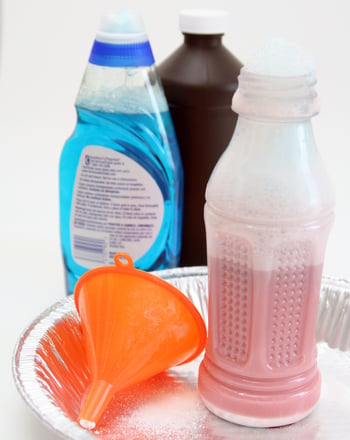
Cause a Chemical Reaction
Activity
Cause a Chemical Reaction
This experiment uses a yeast solution, liquid detergent, and hydrogen peroxide to produce an exciting reaction like no other!
5th Grade
Science
Activity

What Are Time Zones?
Worksheet
What Are Time Zones?
Learn how to calculate time across time zones in this math and geography worksheet!
Social studies
Worksheet

How Tsunamis are Formed
Worksheet
How Tsunamis are Formed
Do you know how Tsunamis are formed? This worksheet shows the physics behind tsunami formation.
5th Grade
Science
Worksheet
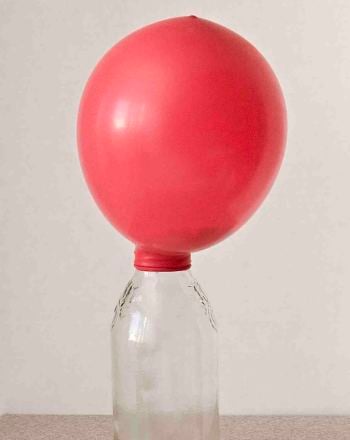
How to Inflate a Balloon Using Baking Soda and Vinegar
Activity
How to Inflate a Balloon Using Baking Soda and Vinegar
Check out this fun science fair project to make a vinegar and baking soda balloon and demonstrate how gas is created as a result of the chemical reaction.
4th Grade
Activity
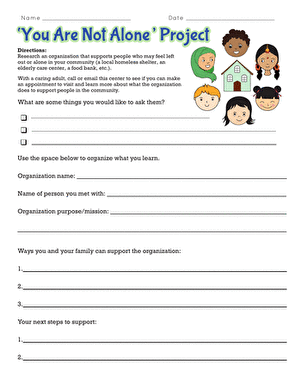
'You Are Not Alone' Project
Worksheet
'You Are Not Alone' Project
With the 'You Are Not Alone' Project worksheet, students will consider how they can support an organization in their community that supports individuals who may feel isolated.
2nd Grade
Worksheet

How Strong are a Bird's Bones?
Activity
How Strong are a Bird's Bones?
In this science experiment, your child will test the strength of hollow structures in order to understand how strong bird bones really are.
5th Grade
Science
Activity

Windmill Model Science Project
Activity
Windmill Model Science Project
In this windmill model science project, you will build a windmill to learn about wheel-and-axle machines and how these simple machines are used to do work.
5th Grade
Activity
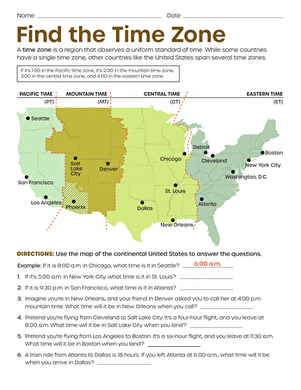
Find the Time Zone
Worksheet
Find the Time Zone
Learn what time zones are, and how to use them to calculate time across regions, in this math-meets-geography worksheet.
Social studies
Worksheet
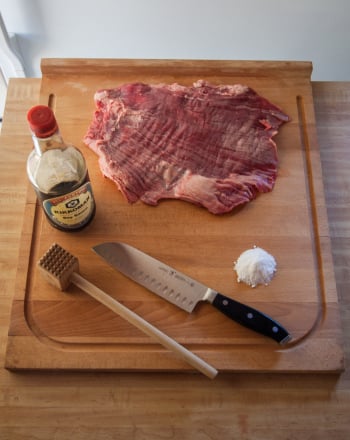
Meat Science!
Activity
Meat Science!
Kids will discover the meat science behind the meat they eat, and find out how to use safe chemistry to make meat more tender.
5th Grade
Activity
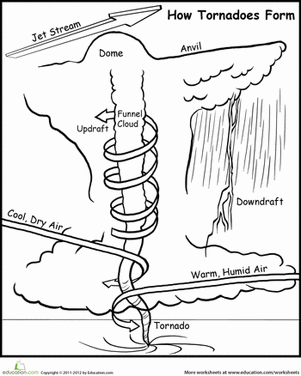
How Tornadoes Form
Worksheet
How Tornadoes Form
Do you know how tornadoes form?This science worksheet diagrams what is known about what causes tornadoes to form.
5th Grade
Science
Worksheet

How Important Are Cats' Whiskers?
Activity
How Important Are Cats' Whiskers?
In this experiment you observe and determine how well your cat uses his whiskers to navigate through a maze.
3rd Grade
Activity
See this activity in a set:
Can You Measure It?



